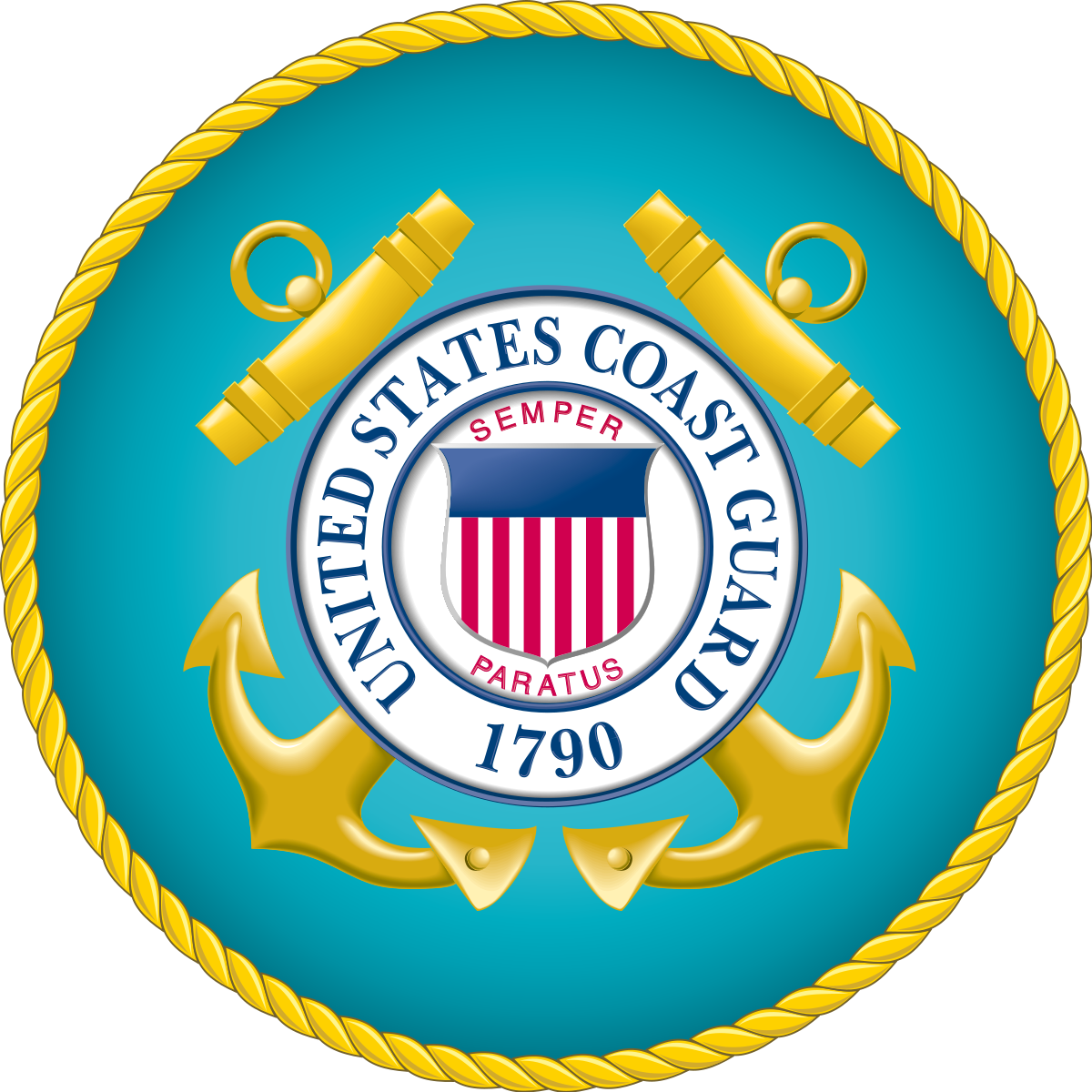The United States Coast Guard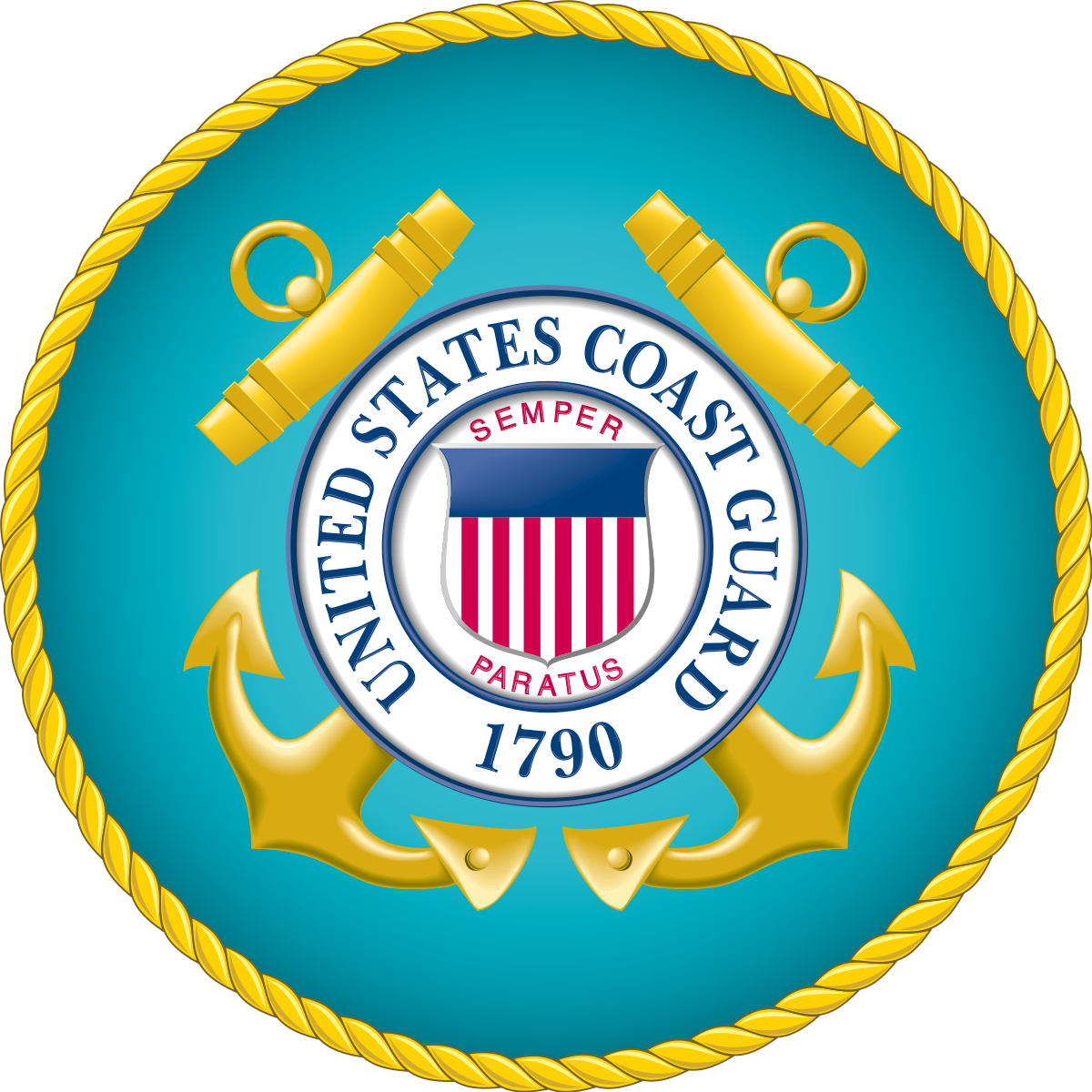 is best known by its motto “Semper Paratus” or Always Ready. But it has gone through a lot of development through the years.
is best known by its motto “Semper Paratus” or Always Ready. But it has gone through a lot of development through the years.
Coast Guard Day is celebrated nationally every year on Aug. 4, and this year we mark the service’s 232nd anniversary. However, the origin of that date can be somewhat confusing. In fact, the origin of the service itself can be somewhat confusing. So, here we go, one step at a time.
The Coast Guard’s beginnings
The U.S. Coast Guard that we all know and love today is the evolution and union of several predecessor organizations. Each had a special function and its own unique date of origin.
The United States Revenue Marine was formed in 1790 as the answer to the new nation’s question of how to generate national revenue. President George Washington asked his Secretary of the Treasury, Alexander Hamilton, to answer that question. Hamilton quickly realized that the answer was just what we had been fighting. We had evaded British taxes on shipped goods for years; we knew were all the hiding places were. So, let US start taxing those ships! The aptly named Revenue Marine was the service created to do that. 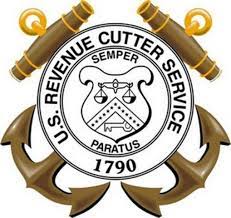
The sailing vesse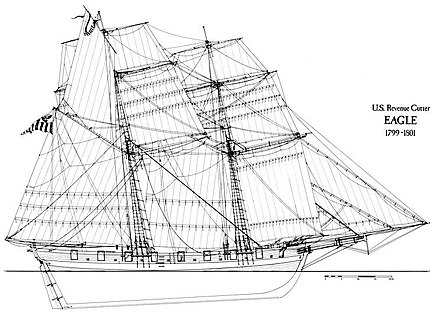 ls used for this fleet were known as “cutters,” a term from earlier vessels of the 18th and 19th century that had a sharp hull design meant for speed and would thus cut through the water. Because of that, the service was later named the “U. S. Revenue Cutter Service” (USRCS). For many years, this was the only U.S. naval force, preceding the official United States Navy.
ls used for this fleet were known as “cutters,” a term from earlier vessels of the 18th and 19th century that had a sharp hull design meant for speed and would thus cut through the water. Because of that, the service was later named the “U. S. Revenue Cutter Service” (USRCS). For many years, this was the only U.S. naval force, preceding the official United States Navy.
The Revenue Cutter Service had the singular mission of ocean-based law enforcement or maritime law enforcement. Although crewmembers were neither trained nor equipped to respond to shipwrecks, they often encountered them. Just as a modern police force, still it was natural to try to help, and they often did.
The Coast Guard today continues to use the term “cutter,” referring to all of its ships 65 feet (19.8 meters) or greater in length, which have a permanently assigned crew with accommodations on board. They carry the ship prefix USCGC and then the cutter’s name. For example Coast Guard Cutter Bear.
The United State Life-Saving Service was created in 1871. In spite of attempts to address shipwreck loss of lives and property for years – the 1790 United States Lighthouse Establishment, the 1786 Massachusetts Humane Society, even the 1848 New U.S. Life-Saving Service, and the 1880 Women’s National Relief Association (later Blue Anchor Society) – thousands of wrecks and losses continued year after year. After extremely bad and highly publicized shipwreck losses in the years of 1870 and 1871, Congress created the United States Life-Saving Service as a department of the U.S. Revenue Cutter Service, to specialize in saving shipwreck victims. However, it was inefficient.
Americans once again would later r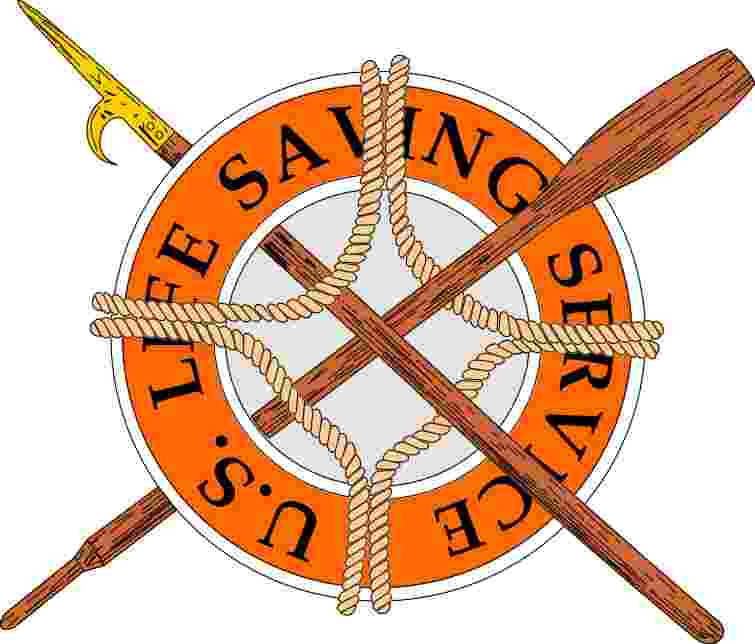 eact to a crisis, demanding improvements after the twin wrecks of the Huron and Metropolis. They were two months and 20 miles apart off the dreaded North Carolina Outer Banks already known as the Graveyard of the Atlantic. Nearly 200 souls were lost, many within sight of the Nags Head beach.
eact to a crisis, demanding improvements after the twin wrecks of the Huron and Metropolis. They were two months and 20 miles apart off the dreaded North Carolina Outer Banks already known as the Graveyard of the Atlantic. Nearly 200 souls were lost, many within sight of the Nags Head beach.
A new, separate organization still named the United States Life-Saving Service (USLSS) was created in 1878. It was headed by Superintendent Sumner I. Kimball who drastically cleaned house and totally revamped the service. There was an immediate and massive increase in the percentage of lives and property saved. This continued in nearly every year that the U.S. Life-Saving Service existed. The surfmen of this service became America’s sweethearts and were reveled in all the magazines and newspapers of the times.
The United States Coast Guard officially formed Jan. 28, 1915. Congress passed the “Coast Guard Act” Jan. 20, 1915, and signed President Woodrow Wilson it into law Jan. 28. The Act merged the two services – the U.S. Revenue Cutter Service with the United States Life-Saving Service. The Coast Guard then had two functions: saving lives and enforcing maritime laws.
Stay tuned for the second half of the Coast Guard’s story.






